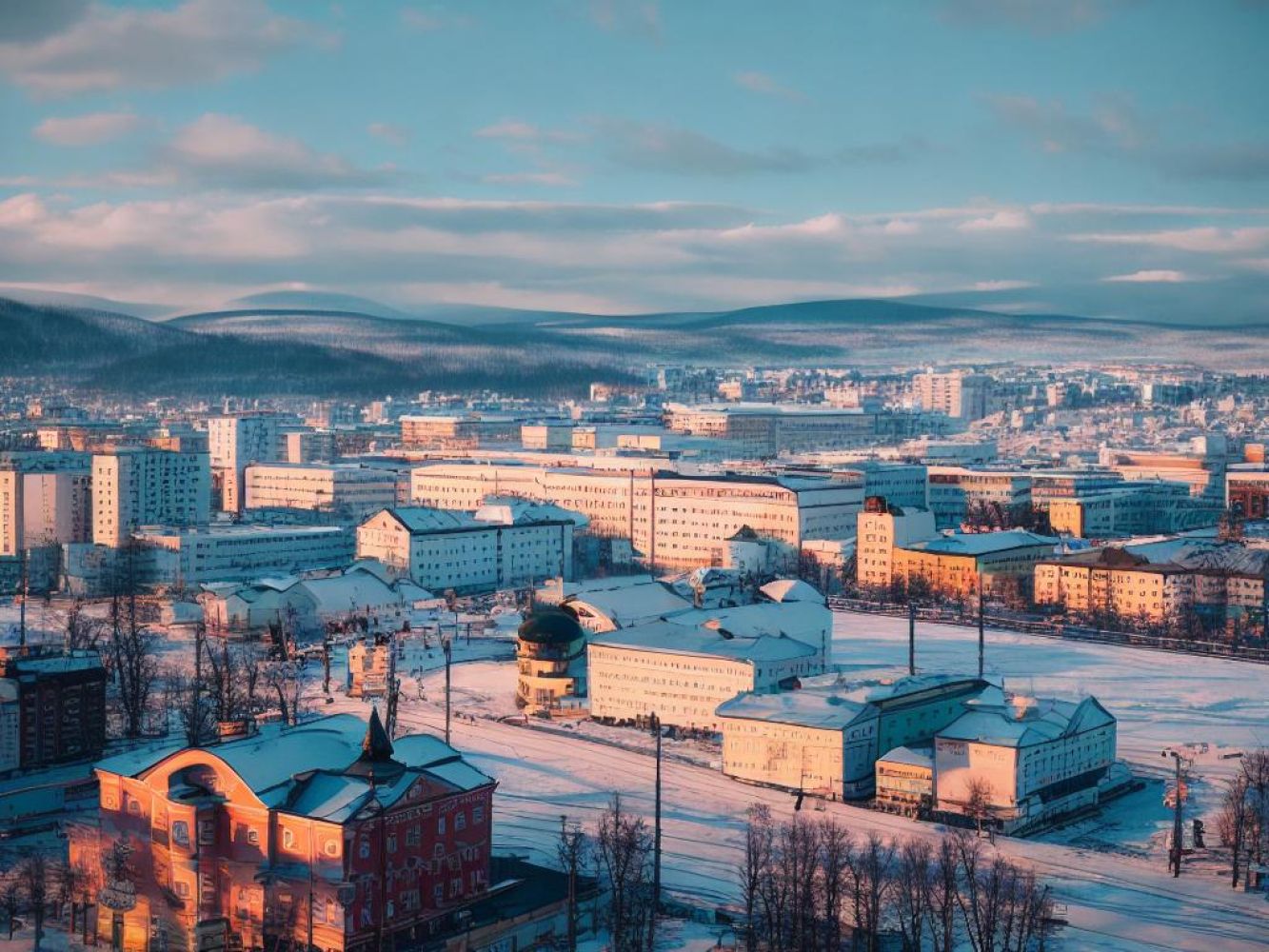Understand
Irkutsk, a city in Eastern Siberia, has a rich history that dates back to its founding as a Cossack settlement in 1661. Originally established as a trading post for gold and furs, it quickly developed into a significant transportation and trading hub in the 18th century. Irkutsk became a vital link on the Tea Road between China, India, and European Russia, fostering connections and cultural exchange. Throughout the 18th and 19th centuries, Irkutsk experienced remarkable advancements in science and culture. It witnessed the publication of its first book in 1807, the opening of its first school in 1781, the establishment of its first hospital in 1807, and the inauguration of its first public library in 1839. In 1864, the city even installed its first telephone, and in 1898, it welcomed the Trans-Siberian Railway, connecting it to the rest of Russia. During this time, Irkutsk also played a significant role as a place of exile for individuals who opposed the ruling Tsar. After the Decemberist Revolt of 1825, many artists, officers, and nobles were sent to Siberia, and Irkutsk became the epicenter of their intellectual and social life. The city's cultural heritage owes much to these exiles, whose beautifully adorned wooden houses, filled with intricate hand-carved decorations, stand in contrast to the surrounding Soviet apartment blocks. While Irkutsk was once nicknamed the "Paris of Siberia" due to its wide streets and ornate European architecture, it has since developed its own unique identity. Today, it is the sixth-largest city in Siberia, home to a burgeoning population of over 590,000 people. With its proximity to the stunning Lake Baikal, Irkutsk also boasts several universities and a major branch of the Russian Academy of Sciences, fostering a vibrant intellectual and educational atmosphere.








Comments
NO COMMENTS